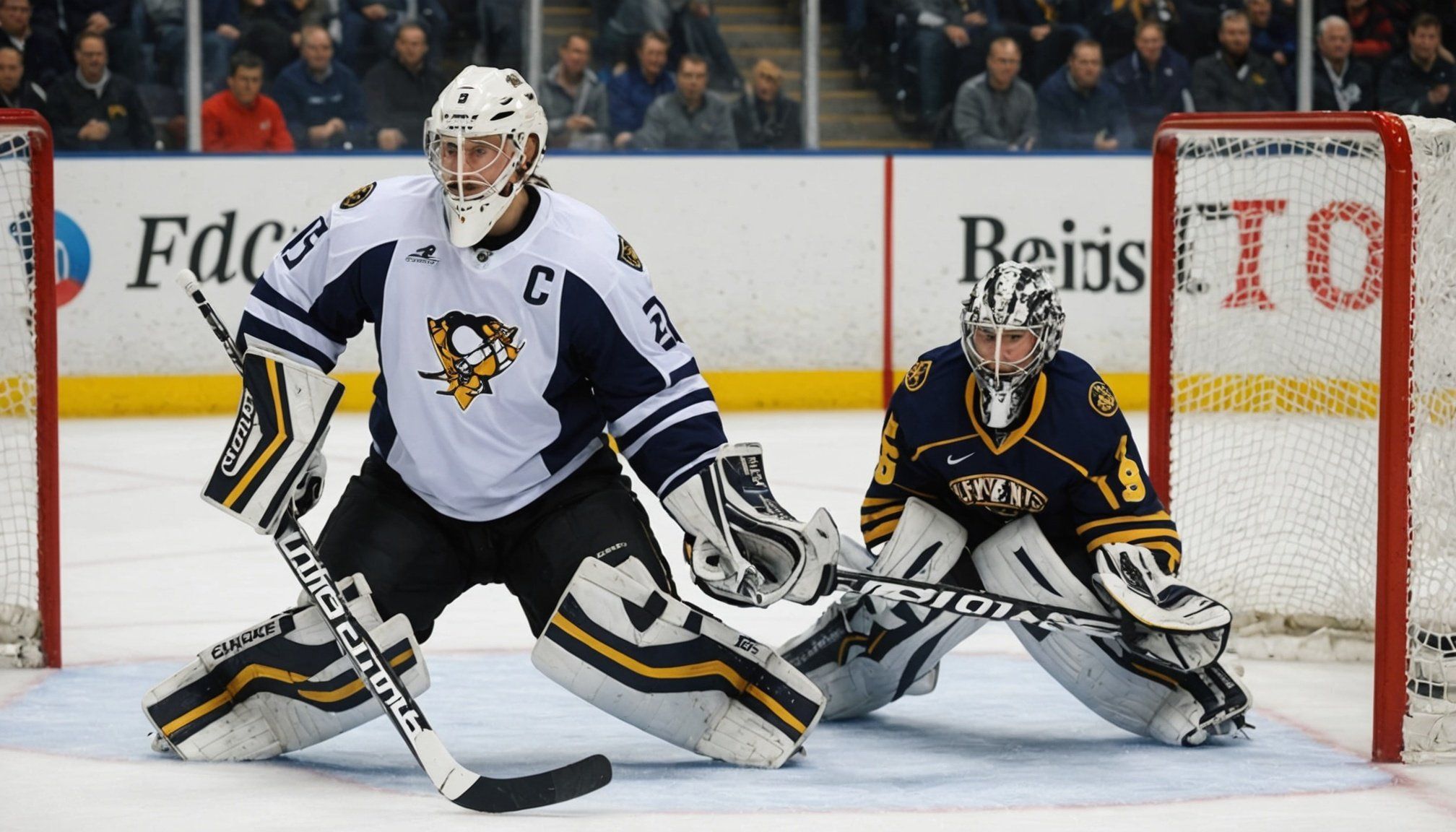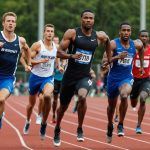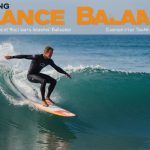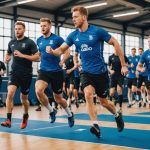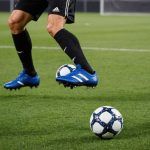Importance of Peripheral Vision in Ice Hockey Goalkeeping
Peripheral vision is a crucial component in ice hockey, particularly for goalie performance. It helps goalkeepers anticipate plays by observing the positions and movements of players outside their direct line of sight. This capability is pivotal in enhancing game awareness, allowing goalies to react to sudden changes and threats from unexpected angles.
Scenarios where peripheral vision in hockey plays a significant role include penalty kills and breakaways, where rapid changes occur. Instead of solely focusing on the puck, a goalie uses their peripheral vision to monitor offensive players positioning themselves for potential rebounds or assists. Maintaining this awareness can sometimes be the difference between making a critical save and conceding a goal.
Also read : Key components for developing a winning nutrition plan for vegan athletes
Experts have noted that there is a direct correlation between improved peripheral vision and superior performance in goalkeeping. Training not just the eyes but also the mind to process this peripheral information rapidly is essential. Many coaches advocate for specific drills that hone peripheral perception, suggesting that consistency in practicing these techniques leads to noticeable improvements in on-ice performance. As the game evolves, so does the understanding of these nuanced skills, underpinning their importance now more than ever.
Must-Try Drills for Enhancing Peripheral Vision
Incorporating targeted goalie drills into training routines is essential for honing peripheral vision, which boosts both awareness and reaction abilities.
Also read : Yoga for athletes: tailored routines to accelerate hamstring injury recovery
Drill 1: The Colour Call Drill
This exercise requires communicating specific colours during play, sharpening response accuracy. To perform it, a coach randomly shouts out colours during practice. The goalie then has to respond or make a move based on the instructed colour, emphasizing rapid decision-making. Adjust difficulty by varying the speed or unpredictability of colour calls. Strong communication between goalie and coach enhances the effectiveness of this drill.
Drill 2: Reaction Ball Drill
Using a reaction ball—a small, uniquely-shaped ball designed to bounce unpredictably—add dimensions to the goalie’s training. Set up by ensuring ample space on the ice. The coach or a partner throws the reaction ball, and the goalie must track and catch it using their peripheral vision. This enhances reflexes and broadens peripheral awareness.
Drill 3: Partner Passing Drill
This drill involves a partner who tosses pucks from peripheral angles. The goalie must catch or deflect without directly seeing the puck. Ensure the drill maintains a balance between challenge and skill level. Partner distractions act as critical components to sharpen focus, ultimately optimising true on-ice vision training.
Additional Strategies for Goalies to Improve Peripheral Vision
In the quest for goalie excellence, integrating goalie training techniques that enhance mental focus is paramount. Exercises specifically designed to boost cognitive skills prove invaluable. They not only help goalkeepers react swiftly to unexpected situations but also reinforce their peripheral vision in hockey contexts.
Visualization techniques are a powerful tool in this arsenal, allowing goalies to mentally rehearse scenarios to anticipate play movements better. By visualizing different game settings, goalies can discern patterns and potential threats, boosting their game awareness and improving decision-making during intense moments. Frequent visualisation practice helps translate cognitive improvements into tangible on-ice results.
Moreover, incorporating mindfulness practices into training sessions significantly benefits a goalie’s overall performance. These practices, including breathing exercises and focused meditation, contribute to heightened mental focus and reduce anxiety in high-stakes situations. When goalies remain calm and centred, they can better interpret on-ice dynamics, making thoughtful decisions under pressure.
These additional strategies go beyond physical drills by cultivating mental acuity and awareness. A well-rounded approach encourages goalies to meld traditional skills with advanced cognitive training, fostering enhanced goalie performance through improved anticipation and peripheral vision.
Expert Testimonials and Insights
In the realm of goalie coaching tips, professional insights offer valuable guidance for training effectiveness. Elite coaches emphasise the importance of comprehensive training, blending physical and mental elements to cultivate exceptional goalie performance. According to experts, a key focus on peripheral vision in hockey proves essential in enabling goalies to maintain a superior game awareness.
Professional goalie coaches often highlight the significance of customising training routines to suit individual needs. They recommend incorporating varied drills and cognitive exercises to address specific performance aspects, such as improving reaction times and spatial awareness. Emphasising adaptability in practice settings ensures that these suggestions cater to the dynamic nature of the sport.
Furthermore, player testimonials underline the transformative impact of structured training routines. Goalies recount improvements in their in-game anticipation and decision-making abilities after engaging in well-rounded practice sessions. Such experiences reinforce that goalies who meld expert advice with committed effort see the most substantial gains.
By integrating training testimonials into practice routines, athletes can better assess their progress and adapt strategies to sharply enhance their skills. Expert advice paired with player experience forms a foundational approach to achieving peak performance.

